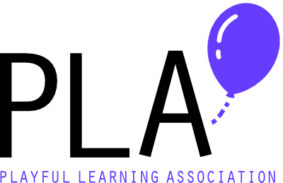Crowdsourcing Gender-Diverse Teaching Materials
Corresponding Author: Jamie Iona Ferguson
All authors:
Length: 30 minutes
Location:
Description:
Gender-diverse students face a variety of complex barriers to successful completion of further/higher education programs and are at increased risk of withdrawal than the general student population [1]. This workshop proposes a novel approach to crowdsourcing teaching materials and perceptions of teaching materials, working towards providing more inclusive teaching for gender-diverse students.
AIM
This workshop aims to facilitate dissemination of a methodology for crowdsourcing gender-diverse teaching materials, such that it may be implemented by the community to design more inclusive playful learning approaches.
STRUCTURE
5 mins – Introduction to: gender-diversity, impact on learning, and workshop goals
15 mins – Exploring methods for crowdsourcing gender-diverse teaching materials. We will provide a structured format for this using a paper-based whiteboard approach (that can be replicated using an online tool for participants that may find a digital version more accessible). Using the materials, participants will be invited to investigate how to make their own learning and teaching more inclusive to gender-diverse students and gain hands on experience with the approach
7 mins – Discussion. Participants will be offerd an opportunity to share what materials or discoveries about their materials inclusivity, contributing towards a general discussion of the methodology
3 mins – We will distill the participants criticism (and hopefully some good points!) regarding the approach and create some bullet points of priorities for further development.
OUTCOMES
The planned outcomes for this workshop are:
– To expose the PL community to this approach for gathering and developing gener-diverse teaching materials, that can therefore be implemented to make their own playful learning approaches and materials more inclusive.
– To invite the community to reflect on the inclusivity of their learning materials in terms of gender
– To gather feedback from the PL community on future development of this methodology
References, web links and other resources:
